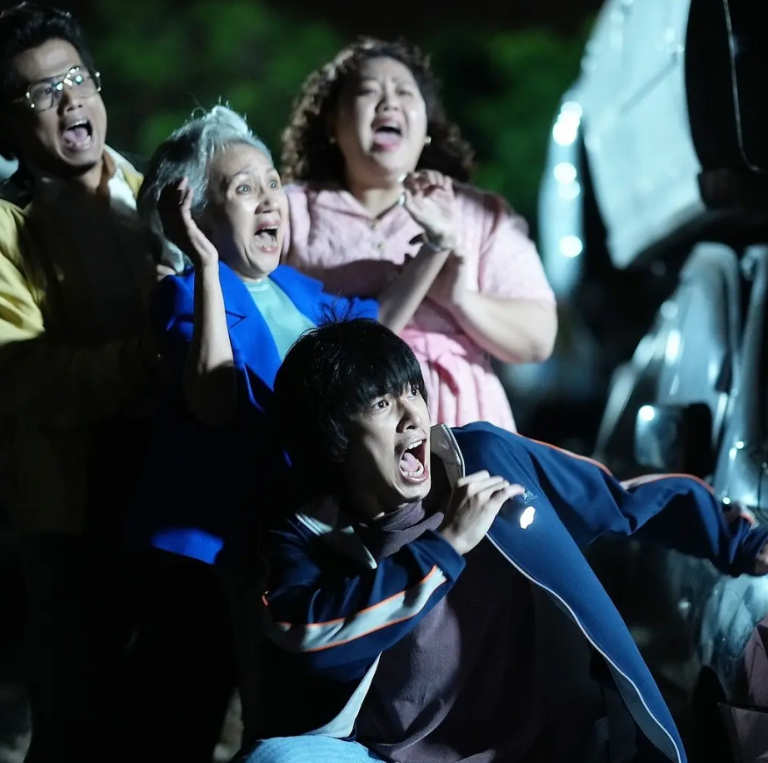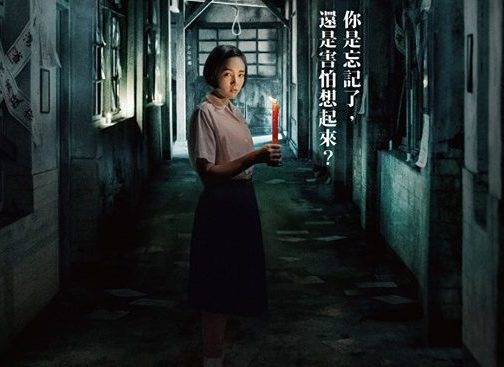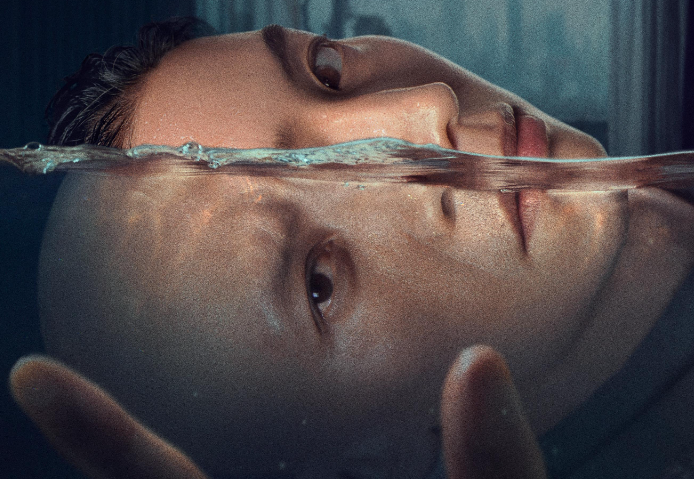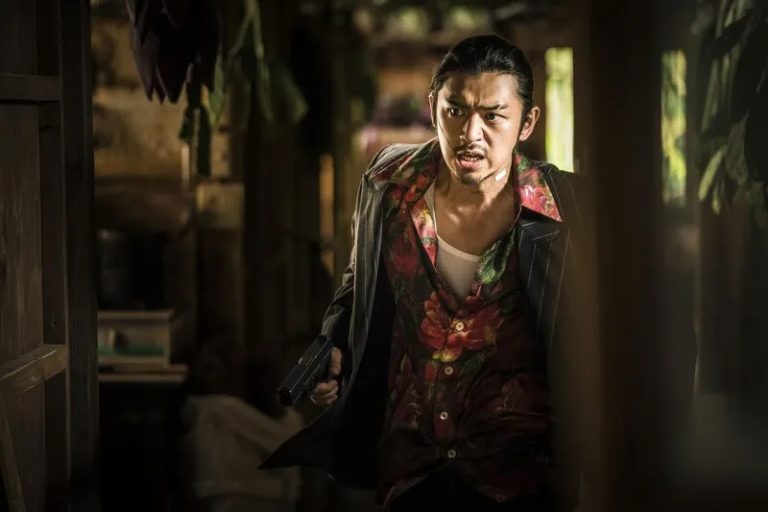Create concept art, storyboards, and previsualization (previs) to visualize the desired effects.
Planning the scope, budget, and timeline for the VFX work.
Collaborate with the cinematographer and production crew to capture necessary data, such as green screen footage, tracking markers, or reference images.
Integrating digital effects into live-action footage, including compositing, rotoscoping, matte painting, 3D integration, and simulations, resulting in smooth and captivating visual enhancements.
Organizing and preparing the raw footage, ensuring it is ready for the subsequent stages of VFX production.
Analyzing camera movement (tracking), matching virtual camera to real camera (matchmoving), and isolating elements (rotoscoping) for accurate integration of visual effects.
Creating digital 3D models of characters, objects, or environments required for the VFX shots.
Bringing the 3D models to life by animating them, adding movement, expressions, and actions as required by the scene.
Simulating realistic physical effects such as fire, water, explosions, or particle effects, enhancing the visual impact of the shots.
Match the lighting conditions in the live-action footage, ensuring visual coherence.
Generating the final high-quality images or sequences based on the completed 3D scenes and simulations.
Combining multiple visual elements, such as live-action footage, CGI, and effects, to create the final composite shot.
Conducting thorough checks to ensure the technical and artistic quality of the VFX shots, addressing any issues or inconsistencies.
Finalizing the VFX shots and delivering them in the required format for integration into the overall project.





